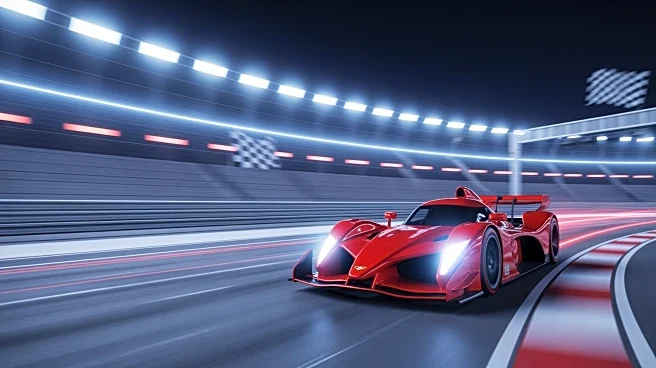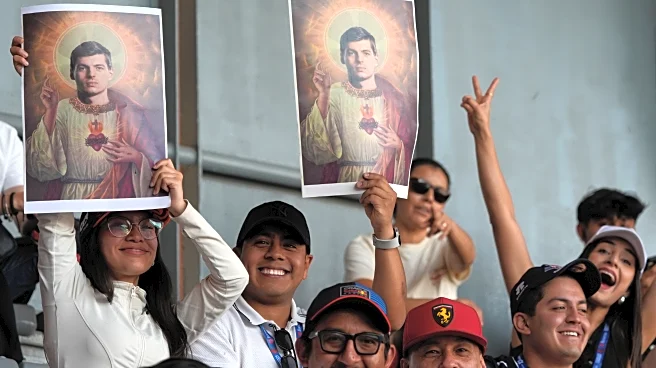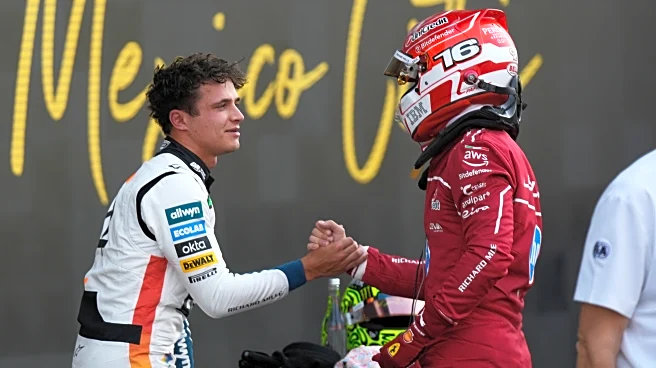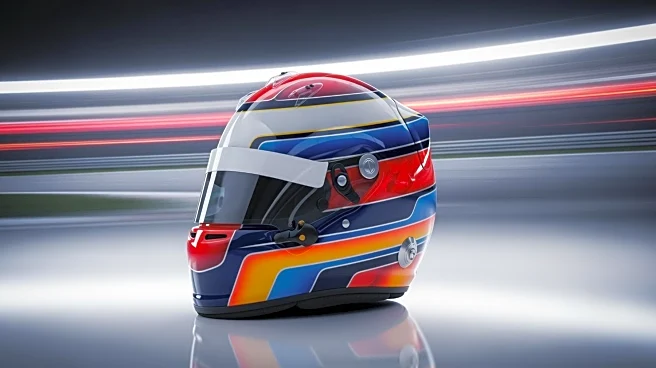What's Happening?
The 2025 Formula 1 season is nearing its conclusion with the Mexico City Grand Prix, marking one of the final five races. Max Verstappen of Red Bull Racing has significantly impacted the title race after
his performance at the U.S. Grand Prix, where he won both the sprint and the main race, earning 33 points. This achievement has narrowed the gap between him and the current leader, Oscar Piastri, to 40 points. Verstappen will start the Mexico City race in P5, behind George Russell of Mercedes, Lewis Hamilton and Charles Leclerc of Ferrari, and Lando Norris of McLaren, who is at pole position for the first time in Mexico City. The race is set to take place at the Autodromo Hermanos Rodriguez, featuring a 2.674-mile circuit with 17 turns over 71 laps.
Why It's Important?
The Mexico City Grand Prix is crucial in the ongoing battle for the Formula 1 championship. Max Verstappen's recent victories have intensified the competition, making the title race more unpredictable. His performance has put pressure on McLaren's Oscar Piastri, who currently leads the standings. The outcome of this race could significantly alter the championship dynamics, affecting team strategies and driver standings. The event also highlights the competitive nature of Formula 1, where every race can shift the balance of power among top teams like Red Bull, Mercedes, Ferrari, and McLaren.
What's Next?
As the season progresses, the focus will be on the remaining races and how drivers like Max Verstappen and Oscar Piastri manage their performances under pressure. Teams will likely adjust their strategies to maximize points and secure favorable positions in the standings. The Mexico City Grand Prix results will influence preparations for the upcoming races, with potential changes in driver tactics and team dynamics. Fans and stakeholders will be closely monitoring these developments, anticipating how they will impact the championship outcome.
Beyond the Headlines
The intense competition in Formula 1 not only affects the drivers and teams but also has broader implications for the sport's popularity and commercial aspects. The rivalry between top drivers can drive viewership and engagement, benefiting sponsors and broadcasters. Additionally, the technological advancements and strategic decisions made by teams during such high-stakes races contribute to the evolution of the sport, influencing future regulations and innovations.












